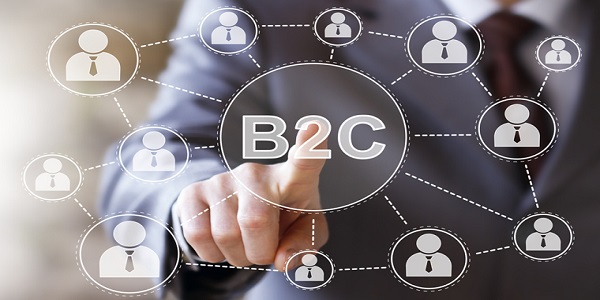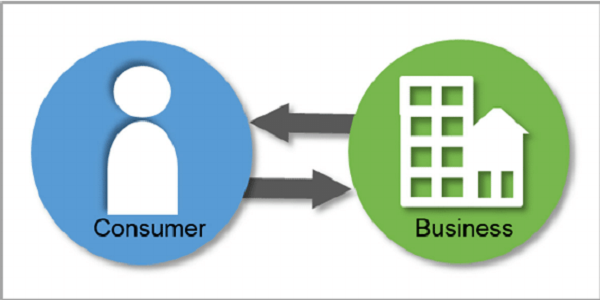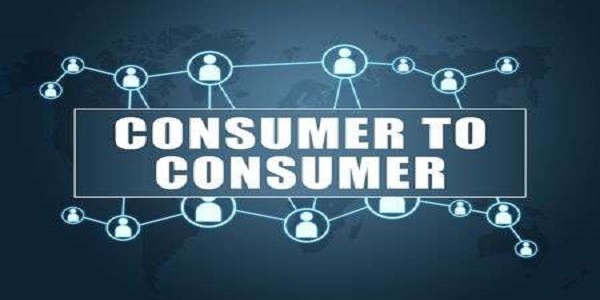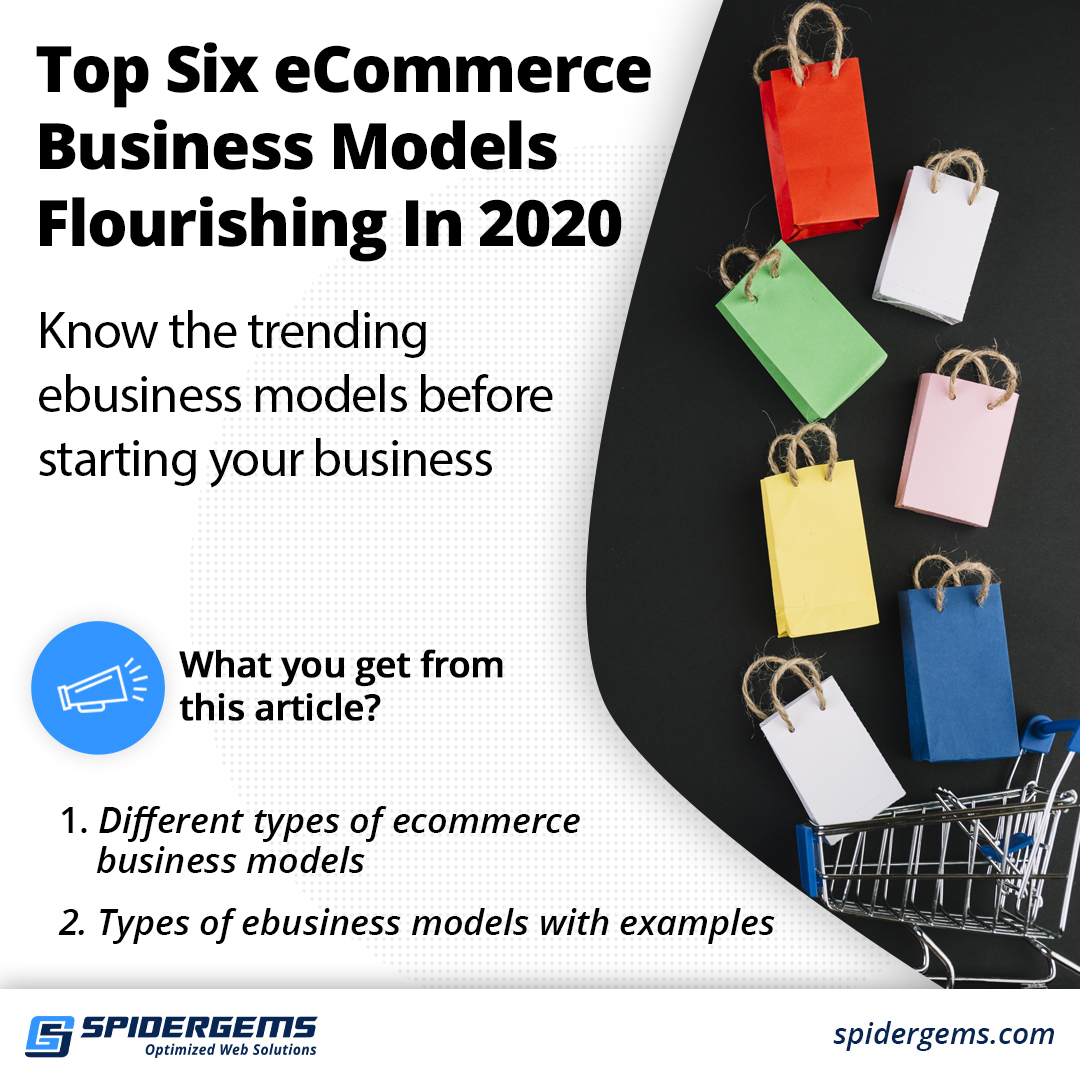Types of ecommerce models- Prologue
Ecommerce or electronic commerce is a means for purchasing and selling a wide range of products and services by business owners over the internet.
Today ecommerce has become popular among people who want to purchase or sell various things for its convenience that it offers along with its cost-effective nature.
Ecommerce involves a variety of technologies like online transaction processing, electronic data interchange (EDI), electronic funds transfer, inventory management systems, supply chain management, internet marketing, and automated data collection systems.
Various types of ecommerce models are getting popular by which we can predict online sales to increase by 78% by the end of 2020.
A great ecommerce business needs good understanding, data about your market, a robust field-tested strategy, and cautious analysis into best-suited business models. Many ecommerce business owners are not aware of how e-business organizations are set up and what types of online business solutions best suit them.
Before starting your online business all you need is to understand the ecommerce platform that suits your plan of action well. In this post, we will have an overview of the types of ecommerce models.
What you get from this article?
- 1. Different types of ecommerce models.
- 2. Types of ebusiness models with examples in detail.
Types of ebusiness models
The six important ebusiness models include,
- (B2B)Business-to-business
- (B2C)Business-to-consumer
- (C2B) Consumer-to-business
- (C2C)Consumer-to-consumer
- (C2A) Consumer-to- administration
- (B2A)Business-to-administration
Different types of ecommerce models in detail
Business-To-Business(B2B)

Business-to-business [B2B] is the biggest ecommerce model which completely depends on one business making a commercial transaction with another. In this type of model where both the buyers and sellers are business entities. B2B takes place between two businesses, such as between a manufacturer and a wholesaler, or a wholesaler and a retailer. The volume of B2B transactions is also greater than any other transaction.
In general, there are two B2B instances,
1. Business firm or manufacturer
2. Wholesaler
A wholesaler orders products in bulk from the business firm’s site or through online resources. The business firm processes the order and provides the products to the wholesaler.
Once the ordered products get delivered, they start to sell those products at decided prices to their customers. Such a model is referred to as a business-to-business.
Pros
- Shipping of products is made simple and easy so that one can order the products online instead of going physically.
- The engagement of buyers and sellers is easy.
- B2B users order more products than retail users.
- Data regarding trade guides are readily available to have a successful business.
- Business-to-business sales make a great potential to generate more profit than business-to-customer sales.
Business-To-Consumer(B2C)

The B2C model or Business-to-consumer model is related to the transactions and relationships between businesses and consumers. The B2C model functions by utilizing direct information from different marketing tools to sell their products to online users. Today, we can find electronic shopping sites that sell different products ranging from computers to even necessities. In such a case, the customer gets details of the products in the form of informative content and there is also a lucrative opportunity to purchase products at lower prices.
The concept of the B2C model deals with a business that is connected with customers, for selling products to the consumers. The best example of it is Amazon or eBay.
Consumer-To-Business (C2B)

The Consumer-to-business model consists of the sale of products or services to the business firm through the website.
This type of business model is one where the customer creates value, and the businesses use that value. C2B model is a reverse process of the B2C.
C2B Instance
A consumer places their products or services on a website. If that product or service is of value for a business firm, then they will order those products or services.
Once the deal is made, the business firm gets products or services, and the consumers in return receive money. Some of the examples include freelancing sites for proposals of company sites or logos, design elements, royalty-free images, content writing, etc.
Consumer-To-Consumer (C2C)

The consumer-to-consumer model happens between two customers, which means one customer sells an item while the other customer purchases that item through an online sale.
These are completely regulated via third parties that offer an online platform for these transactions. Even the third parties charge a flat fee or commission.
C2C Instance
For instance, customer 1 is planning to sell a car, so he or she places it on a site like OLX or eBay, while customer 2 is planning to purchase that car then he or she will contact customer 1 to get details of that car and then proceed in purchasing it.
Consumer-To-Administration (C2A)

The Consumer-to-administration model takes place between the individuals and the public administration.
The C2A model assists the customers to post their queries and request data related to public sectors rightly from their local governments.
It renders a simple way to create communication between the customers and the government.
C2A Instance
An instance of C2A includes distribution of data via social security, electronic tax filing, payment of health services, disseminating information and distance learning, etc.
Business-To-Administration (B2A)

The Business-to-administration model happens between companies, public administration, or government agencies.
In this model, the dealings are made between companies and government agencies over the internet.
Government agencies make use of central websites to trade and exchange data with different business sectors.
B2A comprises various services, and some of them are legal documents, other government-related operations, fiscal measures, and social security.
B2A Instance
The best instance of the B2A model is Accela ; it’s a software firm that renders government software solutions and public access to government services for licensing, permitting, planning and public health, etc.
Expert View
In today’s scenario most of the businesses are getting into ecommerce. To stand out in such competition we will have to plan meticulously. Before reaching out to any eCommerce development company, make sure you have the key things mentioned below:
- Target audience and area
- Rough draft of features that you expect
- Make a list of your competitors’ website
- How are you going to market your website? (If Digital Marketing there are many channels)
- Make a list of products and categories
- Custom or Platform based development
- Whether mobile app required?
- List of third party dependencies
Once you have clarity on the above, you will have to spend considerable amount of time brainstorming with the development agency. I emphasize my clients to “spend more time during the initial discussions”. This is very essential as this would change any wrong perceptions that you may have about your business model and would leave you in a position to choose the right eCommerce model for you website.
Not all eCommerce websites are the same. The entire flow and structure of the website changes based on the ecommerce model that you choose. So ensure you do a proper research, brainstorm with the agency and finalize your ecommerce model.
Final thoughts
No matter what your plan is for your business, there are befitting business models out there to cover it. If you have any queries, we’re available to assist you to help you learn more about the best and right ecommerce platform for starting your business.




